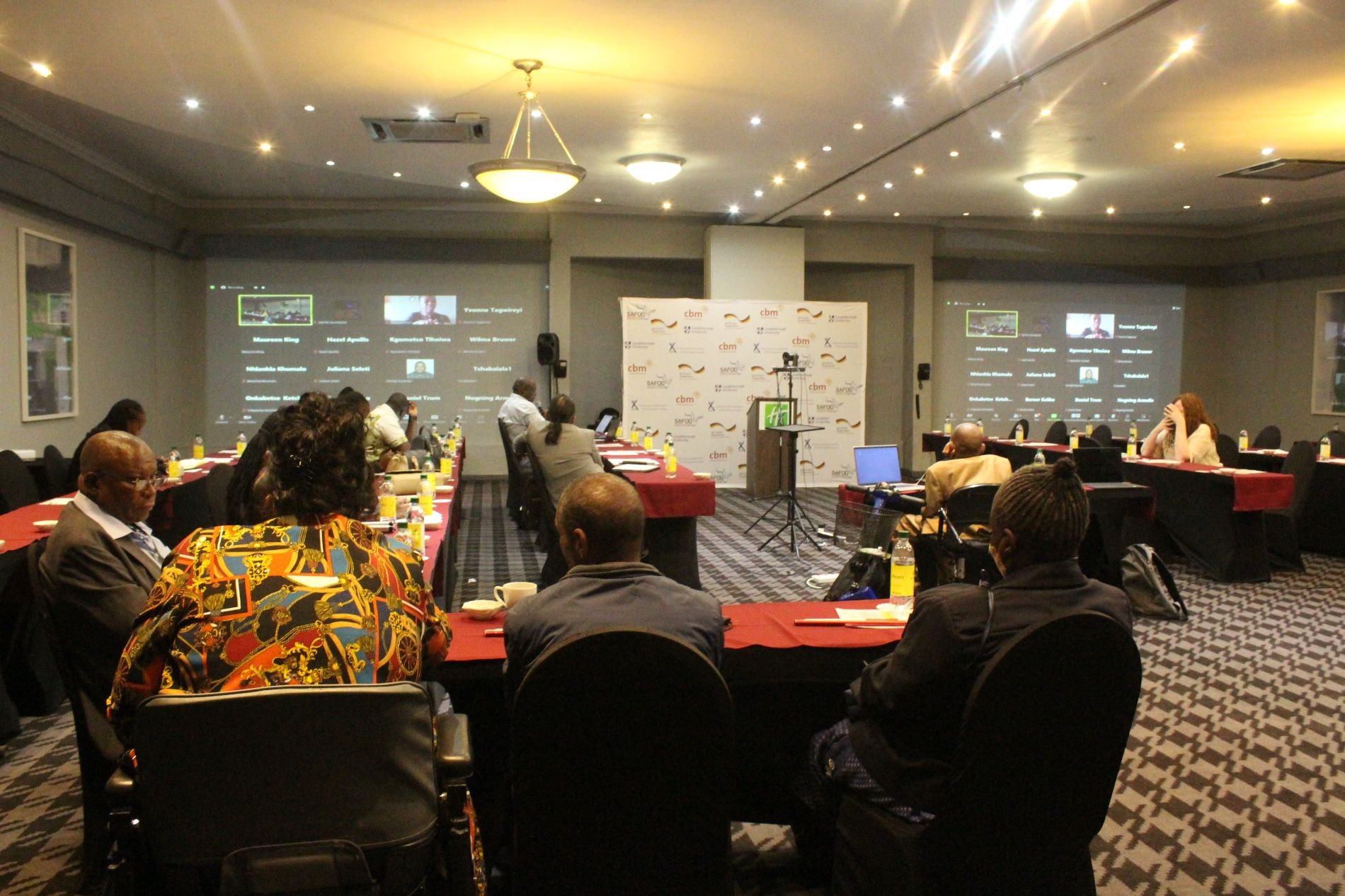Ensuring participation of all to reduce risk: GIDRM at the Southern African Regional Disability Roundtable Forum

About a billion of people around the world live with some form of disability. During disasters, the mortality rate of persons with disabilities is disproportionately higher than the rest of the population. Preventive measures are oftentimes designed and implemented without including persons with disabilities, thereby, omitting their perspectives, contributions and needs in regard to fostering risk reduction and management.
From 21-23 November 2022, the hybrid Regional Disability Roundtable Forum on “Leaving no one Behind: Collaborating for a sustainable disability mainstreaming and inclusive development in Southern Africa” was hosted by the Southern Africa Federation of the Disabled (SAFOD) in Johannesburg. Three times per year, SAFOD brings together various regional actors to reflect, evaluate and share information and experiences, assess progress by governments and the implementation of development policies and programs working towards enhancing the rights of persons with disabilities in the region.

Regional Disability Roundtable Forum | ©SAFOD
The GIDRM together with the Disaster Risk Reduction (DRR) Unit of the SADC Secretariat jointly showcased their work on mainstreaming Risk-Informed Development (RID) in the framework of the Sendai Framework for Disaster Risk Reduction, outlining how people with disabilities are being considered in disaster risk management and RID.
Based on the discussions during the forum as well as selected proposals for sustainable disability mainstreaming and inclusive development, GIDRM has drafted some key recommendations:
- Strengthen the adoption and implementation of regional, continental, and global instruments that address people with a higher vulnerability to hazards.
- Ensure targeted interventions at community level that foster the protection of people with a higher vulnerability.
- Gather and foster the collection of as much disaggregated data as possible, while tracking existing social inequalities and intersecting modes of discrimination.
- Identify entry points into existing programming and find measures to ensure the involvement of the hardest-to-reach individuals and groups.
- Monitor how power structures and intersectional categories in a context change depending on stressors such as climate change, fragility, or disaster impacts.
.jpg)
Participants at the Regional Disability Roundtable Forum | ©SAFOD
Further information: